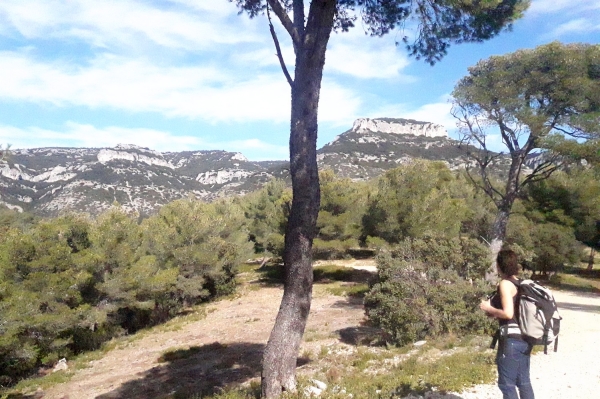Hiking - CHEVAL-BLANC - Trou du Rat Trail via Mayorques

A fragile sanctuary where preserved habitats and unique ecosystems are home to exceptional biodiversity.
"What a treat to be able, along the way, in the heart of the Petit Luberon State Biological Reserve, to observe numerous birds, including majestic raptors, to furtively cross paths with clever little mammals, and then to delight in the dry grasslands, heaths of Villars' broom, holm oak forests with Phoenician juniper, wild lavender, thyme, rosemary, savory... and all their attendant insects. All of this deserves our utmost respect; let's never forget it!" Fabrice Teurquety, tourist advisor at the Destination Luberon Tourist Office.
- No water available on the trail! Given the length of the route, it's best to plan ahead and bring plenty, especially in hot weather...
- Between points 2 and 3: watch your ankles on the rocky sections.
- After point 5: be as quiet as possible in the Combe de Roque Rousse so as not to disturb the raptors nesting nearby.
- IN A STATE BIOLOGICAL RESERVE, dogs are permitted but must be kept on a leash. I will not pick any wild plants or collect wood. I will not crush insects; I will let them live and interact in their micro-habitats. I will not linger near dead or dying trees due to the risk of falling branches.
- WARNING: GRAZING AREA on the Crau des Mayorques and around Trou du Rat, from March 15 to June 15. If livestock guardian dogs approach me, I will not pet or threaten them. I will stop, then wait patiently for them to finish their "inspection" before calmly resuming my way, giving the flock as wide a berth as possible. It is best not to bring your dog; if you do, keep it on a tight leash. As a reminder, please review the proper etiquette for encounters with livestock guardian dogs.
- FIRE RISK. Fire is the enemy of the forest... and the hiker! I will not smoke or light fires in the forest, as it is forbidden year-round! And in the summer, before setting out, I will check the access conditions and regulations for the forest areas.